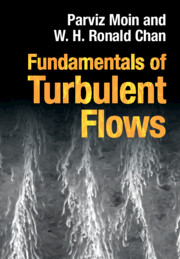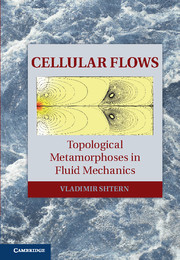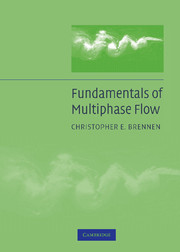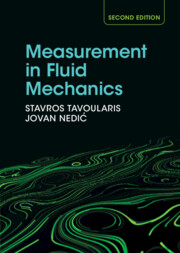Fundamentals of Turbulent Flows
This succinct introduction to the fundamental physical principles of turbulence provides a modern perspective through statistical theory, experiments, and high-fidelity numerical simulations. It describes classical concepts of turbulence and offers new computational perspectives on their interpretation based on numerical simulation databases, introducing students to phenomena at a wide range of scales. Unique, practical, multi-part physics-based exercises use realistic data of canonical turbulent flows developed by the Stanford Center for Turbulence Research to equip students with hands-on experience with practical and predictive analysis tools. Over 20 case studies spanning real-world settings such as wind farms and airplanes, color illustrations, and color-coded pedagogy support student learning. Accompanied by downloadable datasets, and solutions for instructors, this is the ideal introduction for students in aerospace, civil, environmental, and mechanical engineering and the physical sciences studying a graduate-level one-semester course on turbulence, advanced fluid mechanics, and turbulence simulation.
- Concise coverage designed for students to master in one quarter, or one semester
- Discusses basic tools for the processing and analysis of flow data, providing students with hands-on experience with the analysis tools using realistic data from canonical turbulent flows
- Provides a compendium of best practices in numerical methodologies for accurate simulation of turbulent flows
- Contains over 20 case studies spanning real-world settings such as wind farms and airplanes
- Has a robust emphasis on student pedagogy
Reviews & endorsements
‘An excellent textbook for introductory graduate courses on turbulence. The authors provide concise and yet detailed presentations on the essential topics of turbulent flows, ranging from the fundamental physics of turbulence to the frontiers of the present-day numerical simulation of turbulence. Also, an excellent reference for physicists and applied mathematicians interested to gain insights into the intrigues of turbulence.’ John Kim, University of California, Los Angeles
‘An excellent introduction to flow turbulence, expertly framed for the current era, where scale-resolving turbulence simulations are an invaluable partner, and presented with an admirable emphasis on actionable knowledge.’ Jonathan Freund, University of Illinois Urbana-Champaign
‘Bringing a much-needed modern perspective to turbulence, this book is destined to become an instant classic. 50 years of knowledge is distilled into a compendium of meticulously curated topics, illustrations, and exercise problems. A must-read for students and researchers alike!’ Rajat Mittal, Johns Hopkins University
‘The systematic use of numerical-simulation data to support the theory, and the sidebars describing real-life applications, often with a quantitative analysis, are invaluable tools. The last chapter is a complete, hands-on, tutorial for researchers interested in numerical simulation of turbulence- I wish this was available when I was a graduate student.’ Ugo Piomelli, Queen’s University Canada
Product details
February 2025Hardback
9781009431408
292 pages
261 × 182 × 20 mm
0.79kg
Available
Table of Contents
- Preface
- 1. Overview of turbulent flows
- 2. Governing equations
- 3. Energetics
- 4. Spectral description of turbulence
- 5. The scales of turbulent motion
- 6. Free-shear flows
- 7. Turbulence near a wall
- 8. Modeling and prediction of turbulent flows
- 9. Numerical considerations for high-fidelity simulations of turbulent flows.








